Composting is an excellent way to reduce household waste while producing a high-quality amendment for the garden. But compost is also a treasure for any gardener, and clever use can transform your garden into a lush haven. Compost provides a slow, steady source of nutrients, which suits most plants and contributes to long-term soil health. This guide explains how to use compost correctly to enrich soil, feed plants and promote sustainable, eco-friendly gardening.
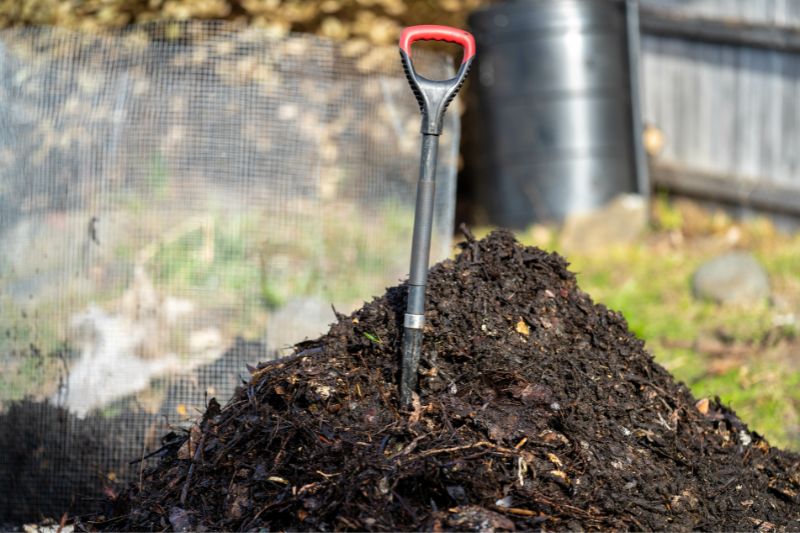
Understanding compost: much more than a fertiliser
Compost is a true concentration of life. It is rich in beneficial micro-organisms that help break down organic matter, thereby releasing essential nutrients for plants. These micro-organisms also play a crucial role in suppressing soil diseases, creating an environment less favourable to pathogenous agents.
By improving soil structure, compost also promotes biodiversity in the garden. It creates an ideal habitat for many soil organisms, such as earthworms and beneficial insects, which are essential to soil health and nutrient cycling.
Composition of the ideal compost
Good compost must be balanced between green materials (rich in nitrogen) and brown materials (rich in carbon). Kitchen waste, grass clippings and plant trimmings are excellent sources of green materials, while dead leaves, shredded branches and untreated paper make good brown materials. A balance between these two types ensures efficient composting and rapid decomposition.
Compost maturation time
Quality compost takes time. Allow at least six months for compost to reach ideal maturity. During this process, organic waste transforms into a rich, homogeneous compost that promotes beneficial microbial activity in the soil.
For effective composting, it is crucial to maintain good aeration (using a compost aerator) and adequate moisture. Too-dry compost will not decompose efficiently, whereas overly wet compost can become smelly and encourage growth of harmful anaerobic bacteria. Turning the compost regularly helps aerate the mix and speeds up decomposition.
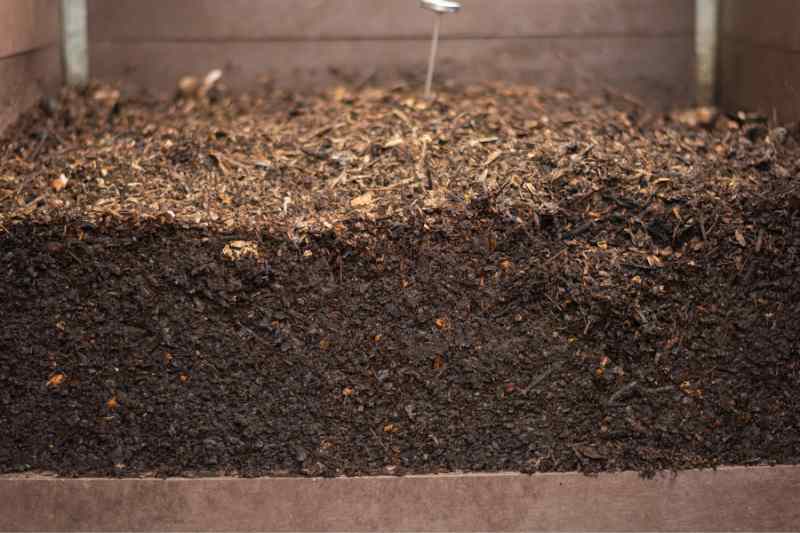
Using compost in the kitchen garden
In the vegetable garden, adding compost is particularly beneficial in spring (in planting holes and surface-applied between rows) and in autumn (surface-applied with light raking). It can be mixed directly into soil or substrate in beds and raised planters, or used as a mulch. For sowing, a mix of 25% compost with soil or potting mix is ideal. For information, nutrient-hungry crops such as cucurbits (squashes and courgettes in the broad sense), solanaceous crops (tomatoes, aubergines, peppers...), leeks, artichokes and potatoes love it, while bulbs (garlic, onion, shallot...), herbs and legumes (beans, peas, broad beans...) prefer less-rich soils. In the vegetable garden, incorporate about 1 kg/m² of compost generally, and twice that amount for more demanding vegetables.
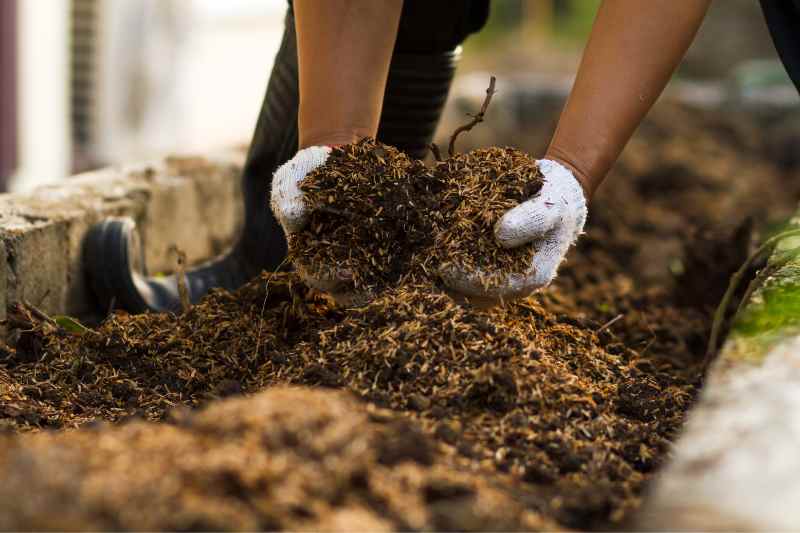
Care of perennial plants and bushes
At the end of winter, spread compost at the base of perennial plants, bushes and fruit trees at a rate of 2 to 3 kg compost per square metre, incorporating it with a light rake. This encourages flowering and supports healthy growth. For new tree and bush plantings, a mix of one part compost to four parts potting soil gives a good start and helps root establishment.
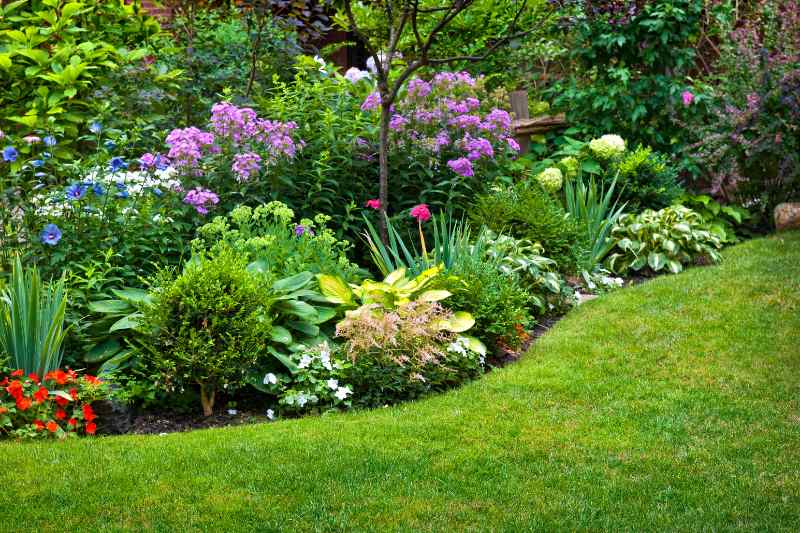
Compost and short grass meadow maintenance
Compost is also an ally for your short grass meadow. In early spring, spread up to 2 kg of fine compost per square metre directly onto the short grass meadow. This will feed the grass and improve the quality of the underlying soil. You can also use compost before sowing your lawn by incorporating up to 10 kg compost per square metre.
In window boxes and pots
For pots and window boxes, a mix of two-thirds potting soil and one-third compost makes a good base. If you do not change the substrate every year, simply add a generous layer of compost each spring. You can also use compost in potting mixes for indoor plants.
For information, there are ready-made composts available commercially. Although costly for garden use, they can be an excellent solution when you only have a terrace, courtyard or very small garden.
Natural mulching with compost
In autumn, unmatured compost can be used as mulch, spread on the soil. Lay it in a 2 cm layer between plants and at the base of trees to protect soil from the elements while limiting weed growth. Compost will be gradually broken down by soil micro-organisms and nutrients incorporated bit by bit into the soil for easy root uptake. Mulching + feeding: a twofold benefit!
Improving soil quality
Finally, remember that compost is an excellent amendment for any soil type. It lightens clay soils and enriches poor or calcareous soils. Over time, it will improve soil structure, stability and fertility, creating an ideal environment for plant growth. In other words, whatever the soil type (even the worst) in your garden, regular compost applications will help ensure its fertility.
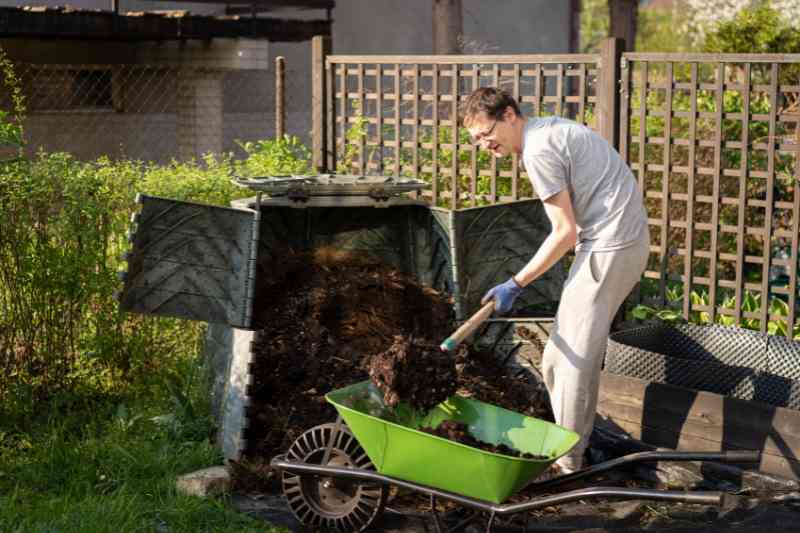
Some practical tips for optimal compost use
1. Maturity check : Ensure your compost is fully mature before use. Mature compost is dark brown, has a homogeneous, crumbly texture and an earthy, woodland smell. If you still see undecomposed debris or if the compost smells unpleasant, it needs more time. Unmatured compost can harm plants due to high concentrations of undecomposed materials that may hinder growth or spread disease.
2. Quantity and frequency : Quantity and frequency of compost applications depend largely on plant types and soil quality. Generally, a 2 to 5 cm layer of compost is sufficient for most gardens. For nutrient-hungry plants, such as fast-growing vegetables, you can increase the amount. It is recommended to add compost to the soil at least once a year, usually in spring or autumn.
3. Mixing with soil : Incorporating compost into garden soil improves fertility. This practice encourages microbial activity and makes it easier for roots to access nutrients contained in the compost. You can mix compost into the topsoil or add it to planting holes. This method is particularly effective for new plantings, where it provides a rich, nutritious environment for young roots.
4. Versatile use: as noted above, compost can be used in many garden applications. In the vegetable patch, it supplies a nutrient-rich source for vegetables. In flower beds, it improves soil structure and promotes abundant flowering. For bushes and trees, it is a valuable organic amendment that supports growth and overall health. As a mulch, it helps retain moisture, suppress weeds and gradually enrich the soil as it decomposes.
5. Observe and adapt : Always monitor plant response after applying compost. Vigorous growth and improved plant health indicate effective compost use. Conversely, signs of root burn or slowed growth may mean compost is too concentrated or unbalanced. In that case, adjust amount or frequency of application. Don’t hesitate to experiment to find the right balance for your garden, as each soil and each plant has its own needs.































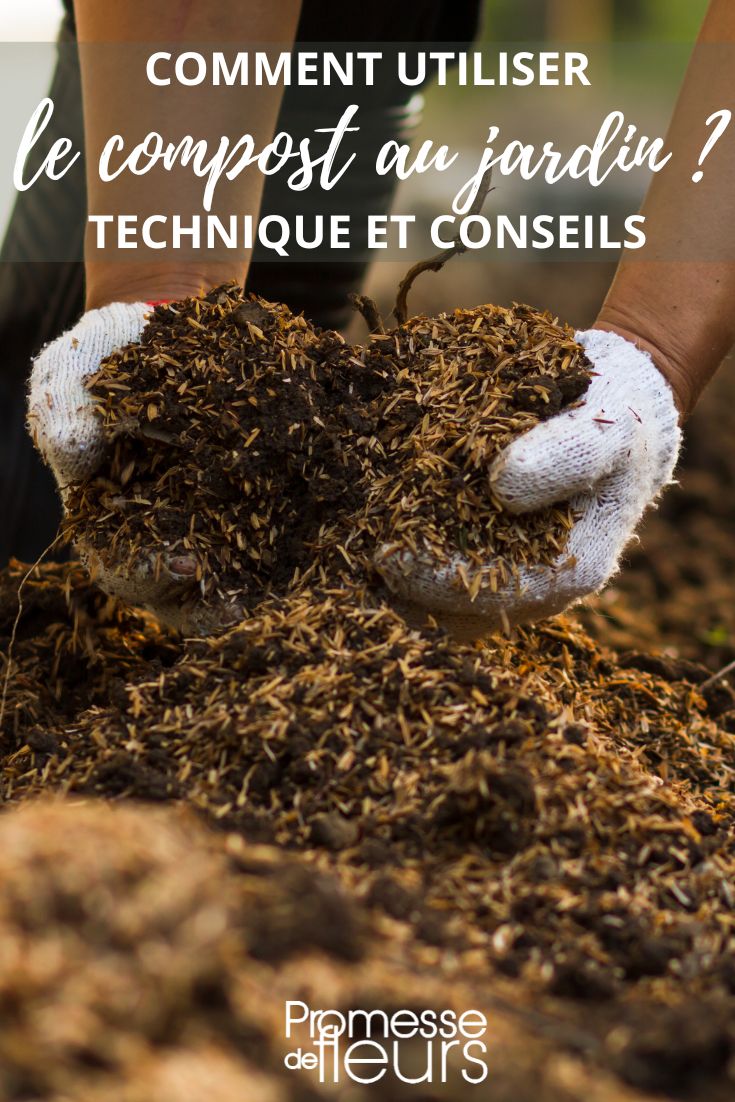
Comments